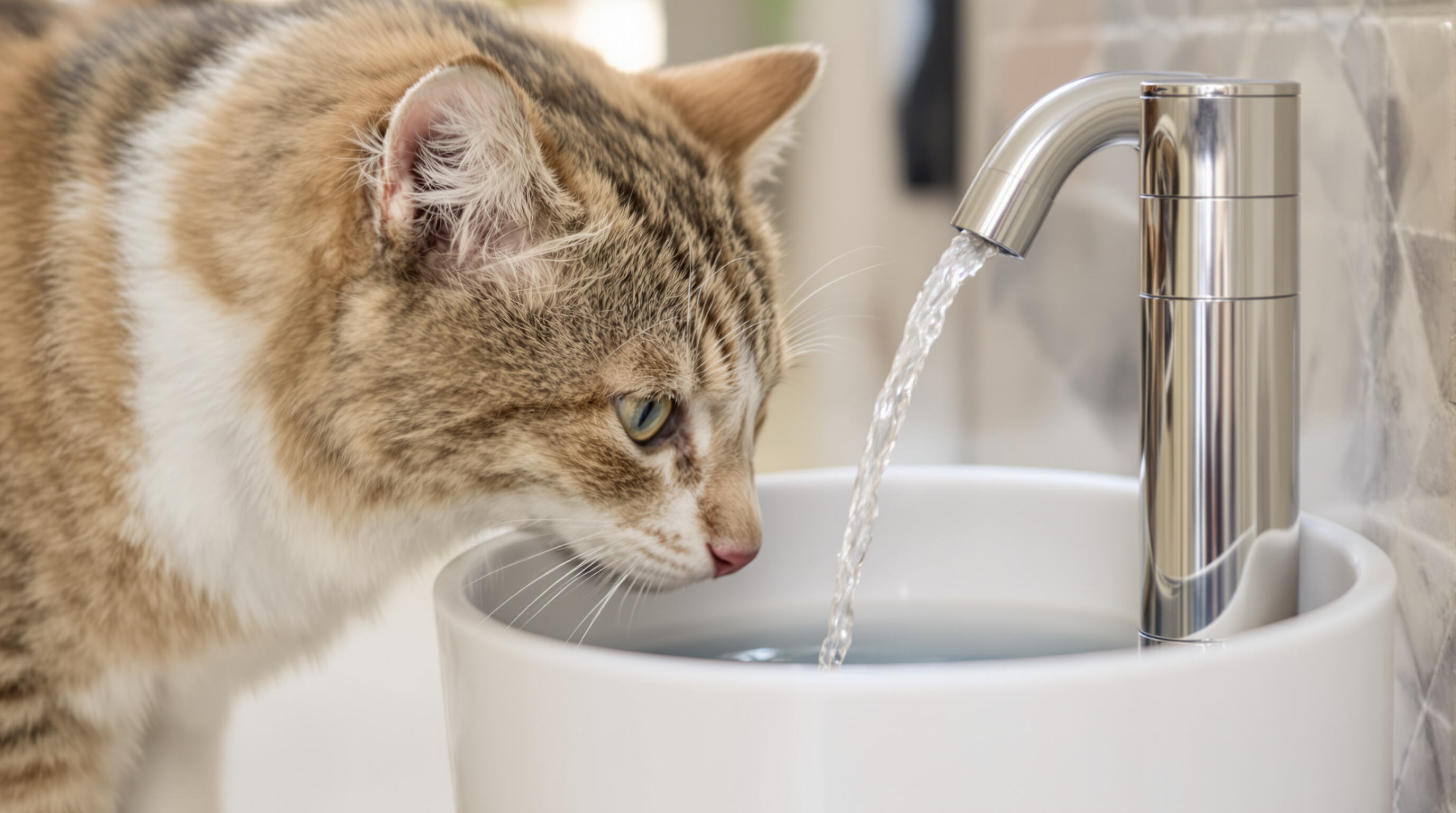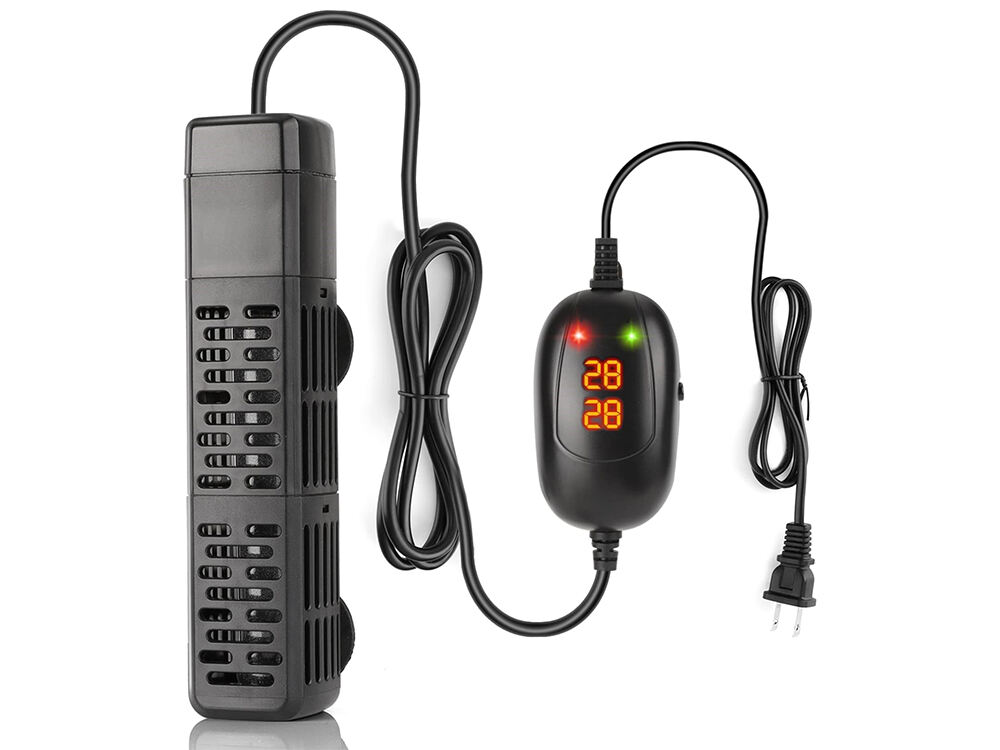Understanding the importance of hydration for cats and dogs
Water plays a critical role in all the important functions happening inside our pets' bodies. It helps them absorb nutrients, keeps blood flowing properly, and gets rid of waste products. Recent research on dog nutrition shows that staying well hydrated actually helps their kidneys work better, keeps joints lubricated, and regulates body temperature effectively. Cats are interesting because they come from ancestors who lived in really dry areas, so they just don't feel thirsty as often as other animals do. That means most cats rely a lot on getting moisture from what they eat. Dry food diets can lead to problems with hydration over time since there's not enough water content. When pets lose even a small amount of body weight due to dehydration around 2%, their organs start struggling to get enough blood flow, which raises the chances of issues with both the urinary system and digestion.
Common dehydration risks in household pets
When pets live in heated homes, eat salty snacks, or get lots of exercise, they tend to lose more fluids than normal. Cats and dogs that only eat dry kibble drink around seven times less water compared to their wet food counterparts, which puts them at risk for ongoing dehydration problems. Older animals naturally struggle with staying hydrated because their kidneys don't work as well anymore. Breeds with short snouts like Persian cats or English Bulldogs have it even harder since their breathing issues make it tough to take long enough sips from the water bowl. And let's not forget about medications either. Things like water pills or pain relievers can throw off a pet's delicate fluid balance completely. All these factors combined mean owners need to be extra vigilant about monitoring their furry friends' water intake habits.
Signs of inadequate hydration and associated health complications
The first warning signs when pets get dehydrated are usually dry sticky gums, skin that doesn't snap back when pinched, and those sad sunken eyes looking at us from across the room. Left alone, things can get worse pretty fast with animals becoming listless, breathing heavily through their mouths, and producing dark yellow urine which isn't good news for their bladders either. For cats especially, staying thirsty increases chances of developing FLUTD problems threefold while dogs face faster kidney deterioration over time. Keeping our furry friends well hydrated makes all the difference. A simple water fountain encourages them to drink more regularly throughout the day, flushing out harmful substances from their systems naturally. This basic care routine might cut down on expensive vet bills later on since treating dehydration emergencies costs around two thirds more than preventing them altogether with proper daily hydration habits.
How a Pet Water Fountain Encourages Increased Water Intake
Why flowing water appeals to pets' evolutionary instincts
Water fountains for pets actually work with what cats and dogs have always done naturally. Their wild relatives would look for flowing water instead of sitting around in stagnant puddles where bacteria grows fast. Studies indicate that cats tend to go for running water over still water, something that probably started as a way to stay safe and get fresh drinking water. About two thirds of cats tested in lab settings ended up drinking more regularly when given access to these fountain systems compared to just regular bowls full of still water. Makes sense really, since most animals avoid standing water if they can help it.
Behavioral studies showing increased drinking in cats with moving water
Research shows cat fountains can really increase how much water our furry friends drink each day, somewhere around 30 to 40 percent more than usual. A recent six month experiment at Penn in 2023 found that kitties who had access to these little water features were guzzling about 5.2 ounces daily on average, while bowl drinkers stuck with just 3.7 ounces. Pretty impressive difference! What's interesting is that most cats started showing interest in the running water pretty quickly too. About eight out of ten felines began drinking from the fountain within three days after it was introduced into their environment.
Helping picky drinkers stay hydrated with dynamic water flow
Water fountains keep pet water feeling fresh because they maintain oxygen levels while cutting down on those slimy biofilms that form on surfaces by about 94%, according to research published in the Journal of Veterinary Science last year. The gentle movement of water in these fountains actually works like nature itself, which helps reduce anxiety in pets who are picky about drinking from still water bowls. When it comes to materials, stainless steel options with BPA-free parts tend to work best since they don't leave behind that weird plastic aftertaste many cats find unappealing. Studies show around one out of four cats avoid drinking from plastic containers altogether due to this issue, so going for metal makes sense if we want our furry friends to stay properly hydrated day after day.
Supporting Urinary Tract and Kidney Health Through Consistent Hydration

Preventing Urinary Tract Issues and Kidney Disease in Pets
When pets stay well hydrated, their urine gets diluted properly, which means fewer minerals concentrate in there and less chance of those pesky bladder crystals forming in both cats and dogs. Most cats actually got used to getting most of their water from eating prey back in the wild since meat typically has around 70 to 75 percent water content. That's why many modern housecats just don't care for sitting bowls of still water these days. Their instincts are telling them something's off here. Pet water fountains solve this problem nicely because they create moving water similar to what we see in nature streams. Studies looking at how animals behave show that cats drinking from these fountains tend to consume anywhere between 20% and even 50% more water each day compared to when they drink from regular bowls.
Scientific Evidence Linking Hydration to Lower Kidney Disease Risk
When animals don't get enough water consistently, their kidneys have to put in extra effort just to clean out toxins from the body, which can lead to gradual damage over months and years. Research published last year showed that dogs and cats who stayed properly hydrated throughout the day developed kidney problems at about half the rate (around 30% less) than those whose owners sometimes forgot to refill their bowls. Keeping fresh water running all day isn't just good for overall health either it actually helps prevent bacteria buildup in pet dishes too. Fewer germs means fewer chances of infection spreading through the system, something that puts additional stress on already struggling kidneys.
Case Study: Improved Urinary Health Markers in Cats Using Pet Water Fountains
A 6-month trial involving 45 cats revealed significant benefits among those using circulating water systems:
| Metric | Fountain Group | Bowl Group |
|---|---|---|
| Average daily intake | 198 mL | 132 mL |
| Urine specific gravity | 1.035 | 1.052 |
| UTI recurrence rate | 12% | 34% |
Lower urine concentration (specific gravity <1.040) is associated with reduced inflammation and sediment formation in the urinary tract.
Benefits for Pets with Diabetes or Prone to Urinary Blockages
Increased water intake helps diabetic pets excrete excess glucose through urine and stabilize urinary pH. For animals susceptible to blockages, consistent hydration via appealing flowing water reduces recurrence rates by up to 40%, particularly in high-risk breeds like Persians and Maine Coons.
Enhanced Water Freshness and Cleanliness with Pet Water Fountain Filtration
How filtration reduces bacterial growth and contaminants
Pet water fountains these days come equipped with multiple stages of filtration that can knock out around 97% of bad bacteria while cutting down on biofilm buildup by about 87%, according to research from Ponemon in 2025. Most models work by pairing activated carbon filters which grab hold of chlorine and unpleasant smells together with UV-C light tech that basically stops dangerous germs such as E. coli and Salmonella dead in their tracks. Think about it this way: regular water bowls sitting still for just two days will gather roughly seven times more bacteria than what's found in moving fountain water. The constant circulation simply makes it harder for microbes to take over and multiply.
Removing debris, hair, and saliva for cleaner drinking water
Modern pet fountains come equipped with these special PP cotton mesh filters that grab about 94% of all that pesky hair and pet dander floating around. They also have those ion exchange resins built in which help cut down on heavy metals in the water. The whole system works pretty well at getting rid of those organic bits and pieces that tend to make regular water bowls smell bad over time. According to some research published in the Veterinary Hydration Journal back in 2025, cats and dogs who drank from these fancy filtered fountains had water containing roughly 63 percent less stuff floating around compared to when they used normal bowls. Makes sense why so many pet owners are switching now.
Long-term benefits of clean water on oral and digestive health
Cats tend to build up less dental plaque when they drink filtered water, with studies showing around a 40% reduction. Their teeth stay healthier overall too, since chronic gingivitis becomes less common. For dogs with delicate stomachs, taking out those harsh chemicals like chlorine and heavy metals from tap water really makes a difference. Vomiting and diarrhea happen about a third less often after six months on cleaner water sources. Some recent research even points to better nutrient uptake for pets suffering from gut issues who switch to purified, oxygen-rich water instead of regular tap water. Makes sense why so many pet owners are making the change these days.
Why Circulating Water Tastes Fresher and Stays Cooler
How Continuous Circulation Maintains Cooler, More Appealing Water
Circulating water remains cooler than stagnant water due to greater surface exposure and evaporation. Fountains replicate natural stream conditions, preventing heat retention common in stationary bowls. On average, fountain water stays 2–4°F cooler, enhancing palatability and encouraging more frequent drinking, according to veterinary hydration assessments.
Temperature Preferences in Cats and Their Effect on Drinking Habits
Cats show a strong preference for water between 50–70°F—the range typically maintained by circulating systems. In controlled settings, felines drank 23% more from cooled, flowing sources than from warm, still water. This behavioral tendency stems from evolutionary cues: cool, moving water signals freshness and safety in the wild.
Comparison With Stagnant Bowl Water Over Time
Stagnant water deteriorates quickly, developing unpleasant taste and odor within 4 hours due to dust, saliva, and microbial buildup. In contrast, continuously filtered fountain water maintains superior quality:
| Characteristic | Stagnant Bowl (24hrs) | Circulating Fountain (24hrs) |
|---|---|---|
| Temperature | 75-85°F | 65-72°F |
| Bacterial Growth | 400% increase | 85% reduction via filtration |
| Oxygen Levels | Low | High |
The combination of movement and filtration preserves water's freshness, prevents biofilm development, and supports consistent hydration—especially critical for discerning pets who avoid stale or warm water.
FAQ
Why is hydration important for pets?
Hydration aids in nutrient absorption, blood circulation, and waste elimination. It also supports kidney function, joint lubrication, and body temperature regulation.
What signs indicate that my pet is dehydrated?
Look for dry sticky gums, skin that doesn't snap back quickly, sunken eyes, listlessness, heavy breathing, and dark yellow urine.
How do pet water fountains enhance hydration?
Pet water fountains mimic natural streams, encouraging pets to drink more. The flowing water appeals to their instincts and offers cleaner, cooler, and better-tasting water.
What are the health benefits of consistent hydration for pets?
Proper hydration reduces the risk of urinary tract issues and kidney disease, supports oral and digestive health, and helps manage health conditions like diabetes and urinary blockages.
What makes water fountains better than traditional bowls?
Fountains maintain cooler temperatures, reduce bacterial growth, and remove contaminants more effectively, motivating pets to drink more frequently.
Table of Contents
- Understanding the importance of hydration for cats and dogs
- Common dehydration risks in household pets
- Signs of inadequate hydration and associated health complications
- How a Pet Water Fountain Encourages Increased Water Intake
- Supporting Urinary Tract and Kidney Health Through Consistent Hydration
- Enhanced Water Freshness and Cleanliness with Pet Water Fountain Filtration
- Why Circulating Water Tastes Fresher and Stays Cooler
- FAQ










